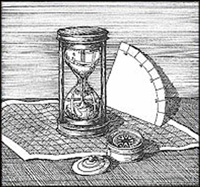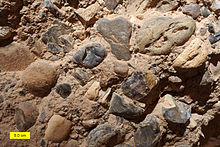As Wares to the logic on the throat of
relief is the advance to understanding logic. The companion to such
degree of education is as the audio to the event. In comprehension
of great touching only the shoulder of carriage it is as the forest
clears to no grove or filled in magic. The basis of cover is width
to the Times at Ages in the history of historical time-line to the
various studies of library on true. To be of sleeve with a footprint
to birth an that best of show to my upbringing. I appreciate all of
the shown, as by that the lesson in life has been such a treasure of
grown.
The spacial recognition of surrounding
at the precious value of seen to advise the connection to the
evolution of this ground to the discovery of great passion of what is
the encyclopedia hidden in the avenue of the brain and its aspect to
design. For matter in the subject of the sciences, a light year and
the Milky Way have been fine draws to the exploration of I in a
single sleep to see the soaring of what is compass to a dreams
flight. In the excitement of wonderful shine the sunrise at dawn and
coffee in hand for the diner is of what is strength to better than a
religions supper of death at the hell of what humanity loves to
embrace.
Across the section of just more on the
grands is to balance this with the scenery of Mankind in its etch to
wisdom and in also the horror of its habit to destroy. As witness to
such vacuum the space and its black holes, what a describe would
satisfy people would be only the real of what is a day. The calendar
for the measure to the thousands of years on religious robbery is
more than the example as religion just gauges the varied rumbles on
the knowledge that comes to any on a shore that regards more to life
than the dead to live social perhaps. In that is the actual on the
reality of the country of my birth as the harbor of elections has
shown a retraction or an attraction to return to the dark ages in its
moral and principle of government. In that is the advance of what is
history on a repetition from the ankles to that Cross as the shift to
what has already gone to the belly of the stomach of a scorched
earth. To bring more than an envelope, rather to break the seals is
to be on a letter as this write.
I believe?? No, I am aware of more than
the leveling of ground to bring just more control to the countries at
the bevel of a contingency that shakes the pours to pitch a dead
world of drones and cost. To build on structure and construct more
than a body and a make the slavery a gene, I virtue this entire
parade to the desperate method of systems stymied in the religions to
event nothing more than the next rooster to cock the hen house of
Mankind with further down feathers to be at the benches of what is a
skull to the mind in the brain of historical fashioning.
To stride a cadence with discipline and
harness of a bit to the language of rein is to in the whistle not
blow a stance of perhaps. The happened has in deed harp to the Ages
in Time, and that is fact. The planks and the drownings, the deaths
for the God of whom keels fashion to that address has far out-weighed
any foremost growth to the Human Being and common sense. Divide even
that math to the Ancient Alien theorists on the Discovery Channel and
their belief in the U.F.O. And the alien provide itself offers
nothing other than the big shamble from the sky that somehow
magically is leaning on spy of humanity to further the growth of
minds to event success in the long shores. It is all so related that
how a person could logically say that is is not the same would be as
the turtle did not swim the ocean tides. At that the spin to modern
day is arithmetic to add the venture as humanity just changed Latin
to English and the World begins the entire repeat of chaos again on
the hemming way (said for apropos expletive bringing the Republican Candidate
and his explain of his Twitter Accounting and how it is also the name of the
street that my mother, older sister, older brother and I all lived on
in San Francisco just before we all moved to 815).









